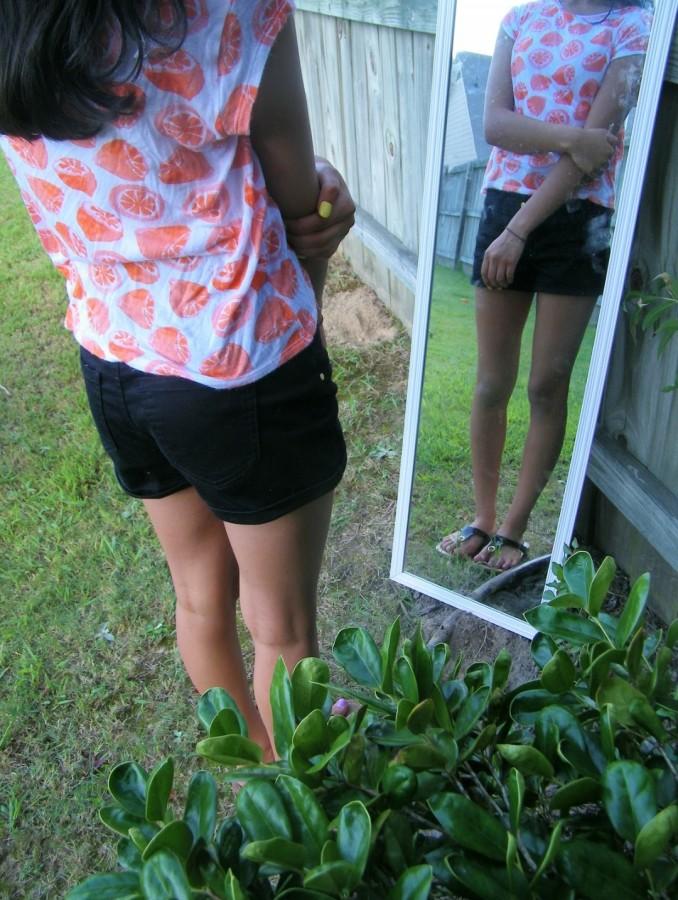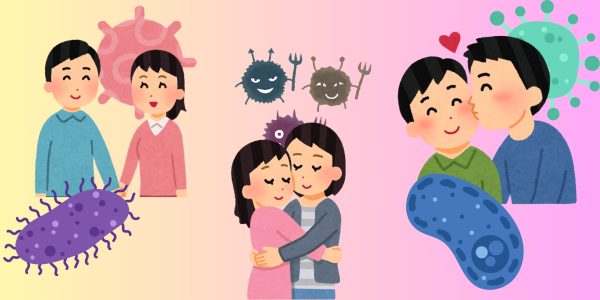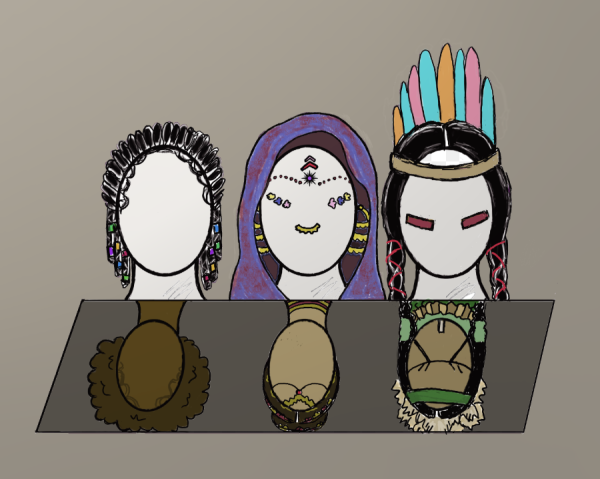That’s not what we look like
A young girl looks at herself in her mirror and sees her insecurities.
Think about all the times someone has said something to you about the way you look.
Now think about all the times you wished you could stop caring and love yourself.
We are constantly wishing for more, to become what we think is better or to become someone different; we pressure ourselves to become slimmer or bigger, shorter or taller, lighter or darker. Body image constantly clouds many people’s minds, whether it be positive or negative.
The media portrays an “ideal” body type. Girls have to be slim (but curvy), tall (but not too tall), and guys must be muscular (but not scary muscular), tall (but not huge). Weight-loss supplements, protein powders and skincare/makeup products promote the “ideal image”.
Companies choose models that will appeal to the general population. Often, video games portray unrealistic and generally unattainable depictions of both men and women. However, this unequal representation, whether it be race, gender or size, is looked down upon by many. Companies like Forever 21, Charlotte Russe, H&M and Lane Bryant are praised for their introduction of plus size models and clothing.
In addition, we address female body image issues different from male. Males are expected to be muscular, tall and athletic. The ideal “tall, dark and handsome,” defines masculinity, right?
“Men are mostly concerned with their muscle mass and the abdominal area,” Ab Abdulhadi (11) said.
Females, on the other hand, are expected to be thin, while also curvy. They are to have oddly specific features like distinct collar bones and thigh gaps, though these are not physically possible for most. They are expected to be practically hairless though this is not natural. They are to display specific features like their breasts or hips by wearing certain “feminine” clothes such as short skirts and dresses, skin fitting pants or low cut tops.
As the generation of media, our lives are surrounded by photos on Instagram, and advertisements and television. They convince us to shape ourselves into the ideal body mold. We change our lifestyle to eat and exercise more or less, choose clothes that we believe make us look better and spend more or less money on gym memberships and makeup.
Mental issues such as bulimia and anorexia are common results of body shaming. However, one shouldn’t assume all thin people are anorexic or bulimic, nor should one assume all heavier people are lazy and obese.
The media drives us to look at others a certain way. Because we are constantly surrounded by the media’s “ideal” image, we view thinner and heavier people differently when we see them each eating the same unhealthy food.
Body shaming does not encourage people to conform to the ideal image they were told they do not fit. Rather, it often causes mental issues and low self-esteem. So if body-shaming does not benefit anyone, why continue doing it?
We must get rid of these body standards, the idea that there is an “ideal” body for both males and females. We must introduce an equal representation of all types of people with different sizes, races and genders in our media. We must learn to accept, appreciate and love ourselves.
Your donation will support the student journalists of White Station High School. Your contribution will allow us to purchase equipment and cover our annual website hosting costs.








































